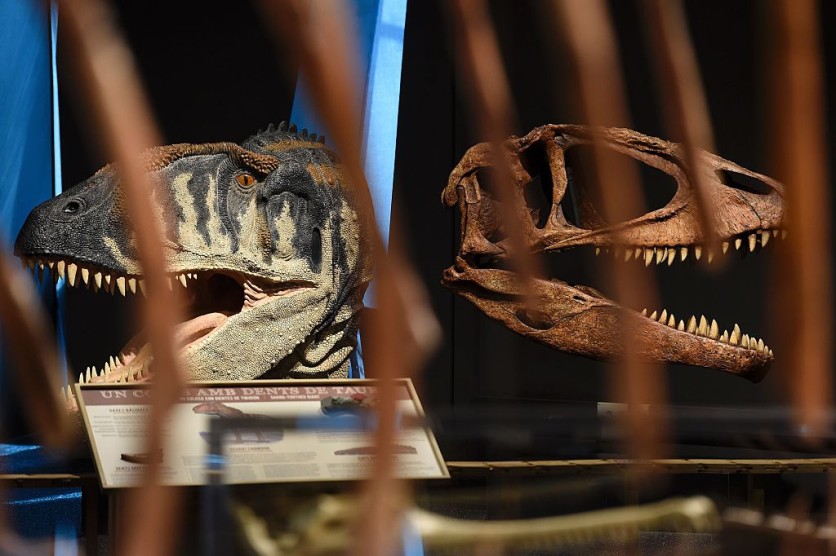The brains and inner ears of two British spinosaurs have been digitally recreated by researchers at the University of Southampton and Ohio University, shedding light on how these massive predatory dinosaurs functioned within their surroundings, as per a press release on Monday, Feb. 13.

Rare Theropod Dinosaurs
Spinosaurs are a rare group of theropod dinosaurs that had conical teeth and lengthy, crocodile-like jaws. They were able to live a relatively aquatic lifestyle by staying on riverbanks to feed on large fish.
The researchers scanned the bones of Ceratosuchops from the Isle of Wight and Baryonyx from Surrey, two of the oldest known spinosaurs with braincase material, to learn more about the evolution of their brains.
These humongous animals are believed to have lived on Earth around 125 million years ago. Both of their braincases are still in good shape but the research team had to digitally reconstruct their internal soft issues to study them more closely.
The team found that the ear was likely tuned to low-frequency sounds and that the olfactory bulbs, which process scents, were underdeveloped.
The brain regions responsible for maintaining balance and a fixed gaze on prey may have also been less developed than they were in later, more specialized spinosaurs.
"Despite their unusual ecology, it seems the brains and senses of these early spinosaurs retained many aspects in common with other large-bodied theropods - there is no evidence that their semi-aquatic lifestyles are reflected in the way their brains are organized," Chris Barker, lead author of the study, said in a statement.
According to the team's interpretation, this may provide evidence that the theropod ancestors of spinosaurs already had brains and sensory skills suitable for fish-catching. In time, they eventually grew a snout and teeth that would help them live in semi-aquatic environments.
Read also : Dinosaur Remains Reveal First Mammal Eaten, Earliest Evidence of Discovering a New Food Chain
EvoPaleo Lab
The University of Southampton's EvoPalaeo Lab has been studying new spinosaurs from the Isle of Wight over the past few years.
The discovery of Ceratosuchops was only made public by the team in 2021, and the publication of another new spinosaur - the enormous White Rock spinosaur - followed in 2022.
A model of Ceratosuchops's brain will be displayed with its bones at the Dinosaur Isle Museum in Sandown, on the Isle of Wight.
Ceratosuchops's braincase was scanned at the University of Southampton's Vis X-ray Imaging Centre, which has some of the UK's most potent CT scanners.
According to co-author Lawrence M. Witmer, this study presents a revolution in paleontology as a result of improvements in CT-based fossil imaging since they can assess the cognitive and sensory skills of extinct animals.
The findings of the team are due to be published in the Journal of Anatomy.
Related Article : Archaeologists Find an Extremely Rare 1,300-year-old Gold and Gemstone Necklace From a Medieval Woman in England

ⓒ 2025 TECHTIMES.com All rights reserved. Do not reproduce without permission.




